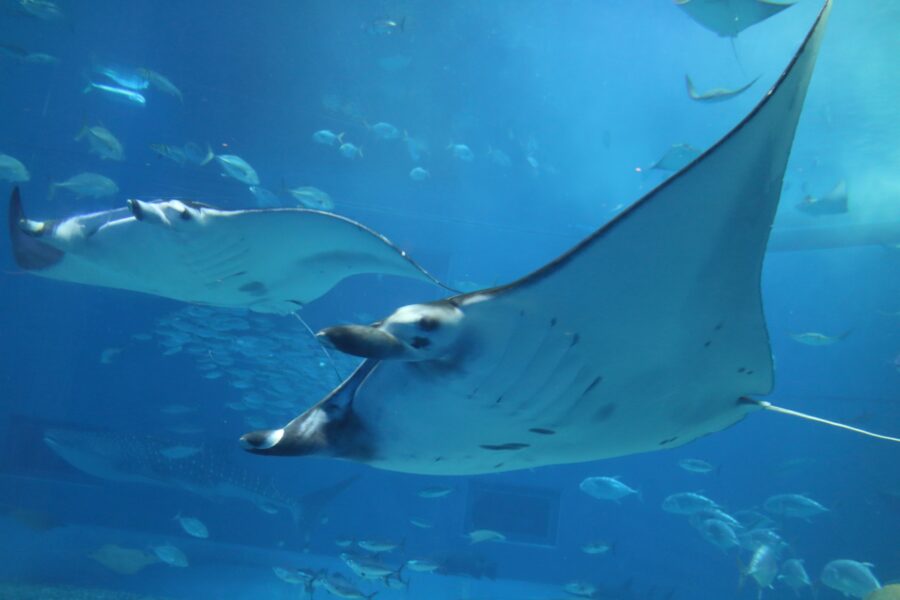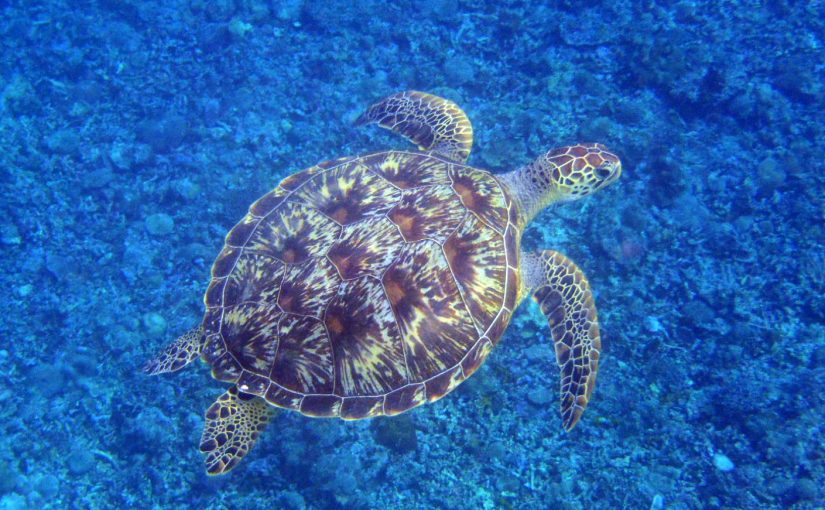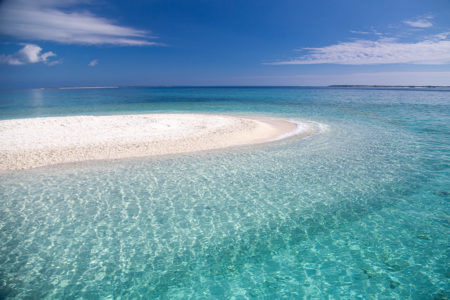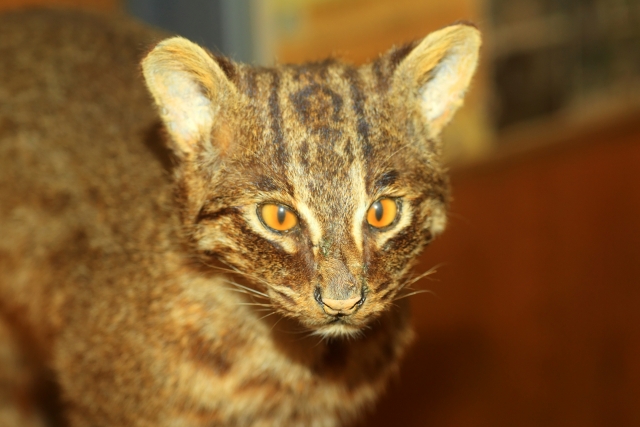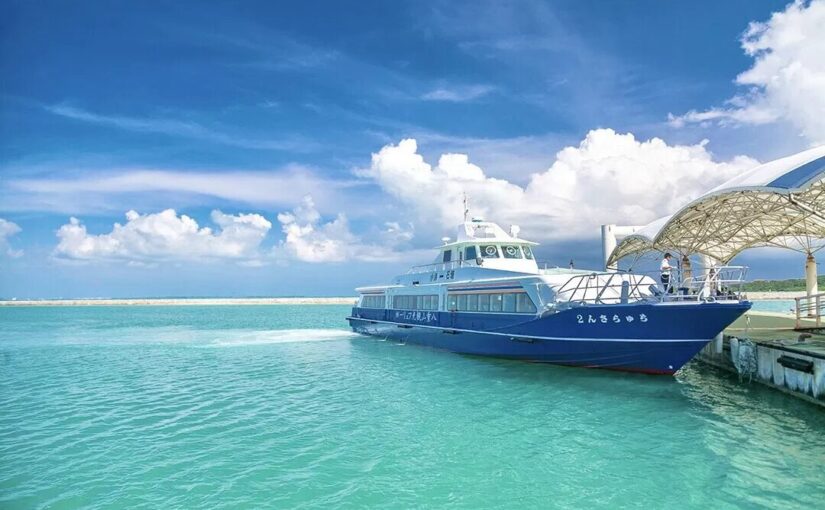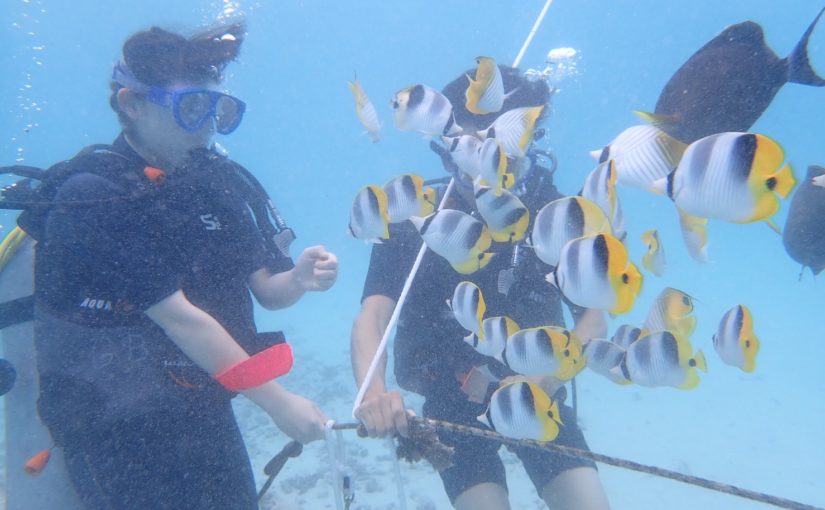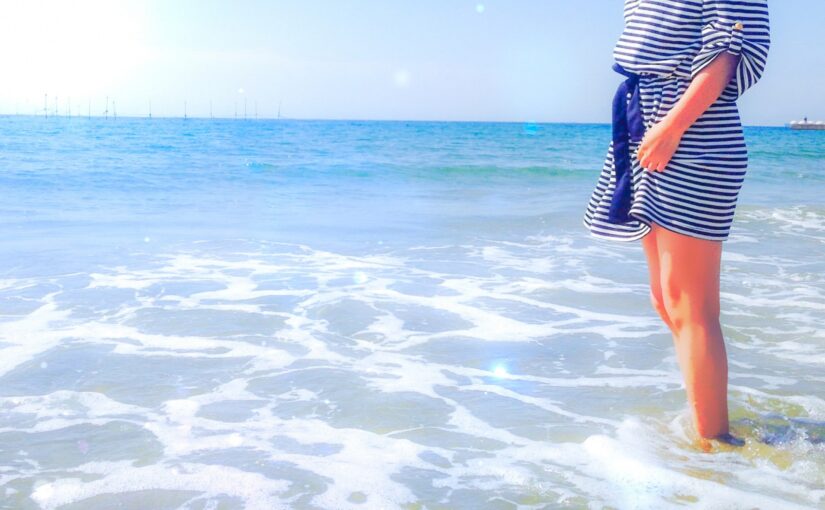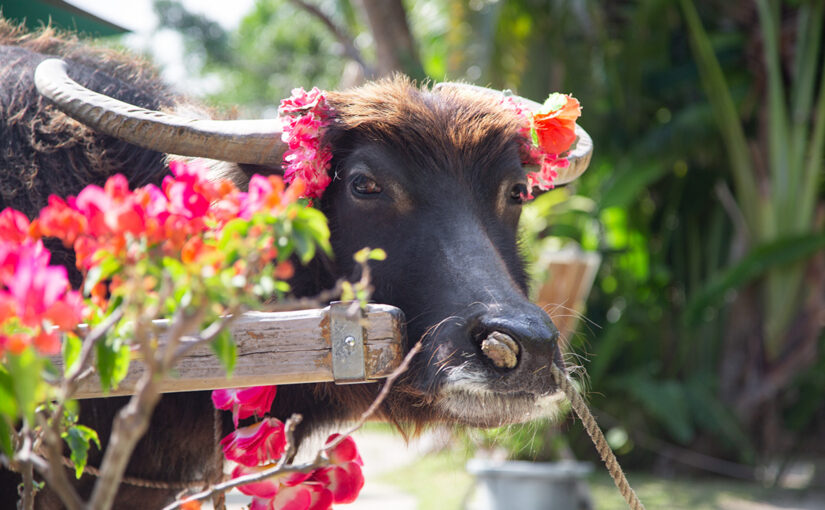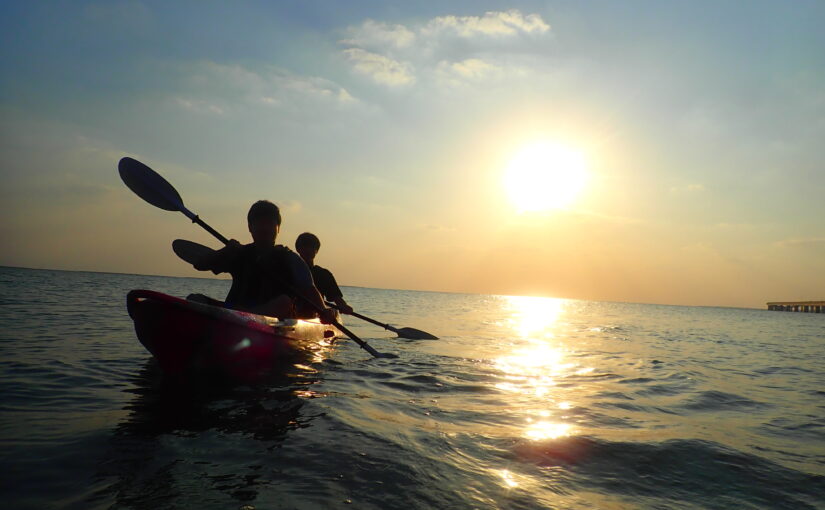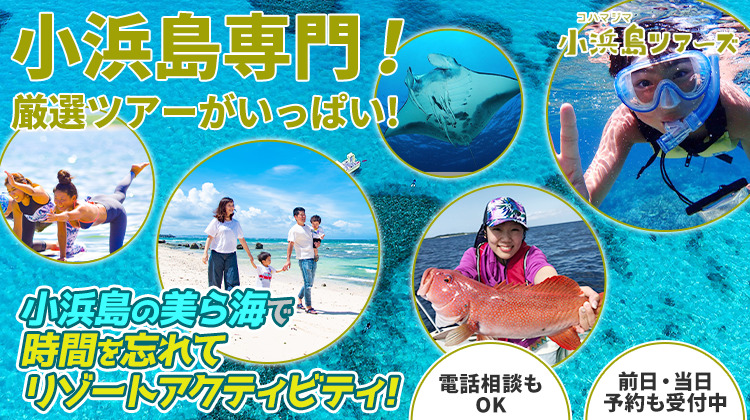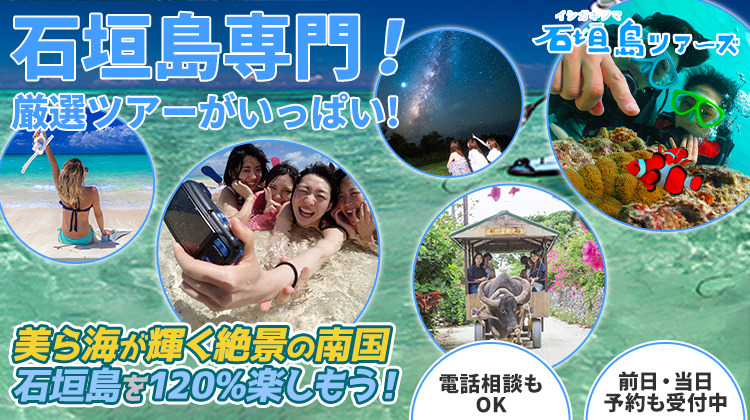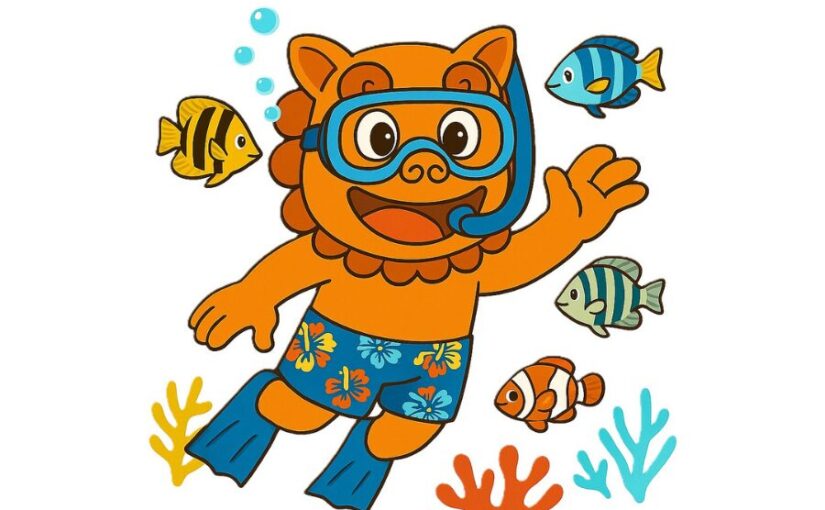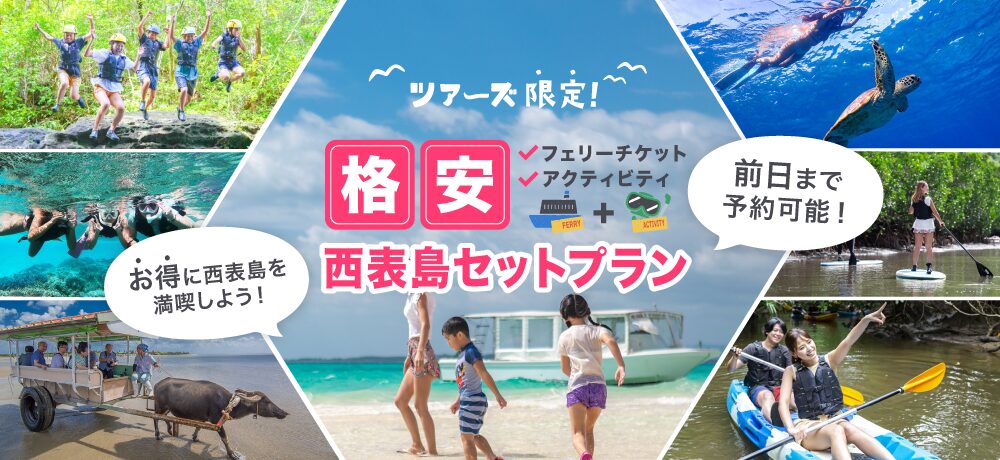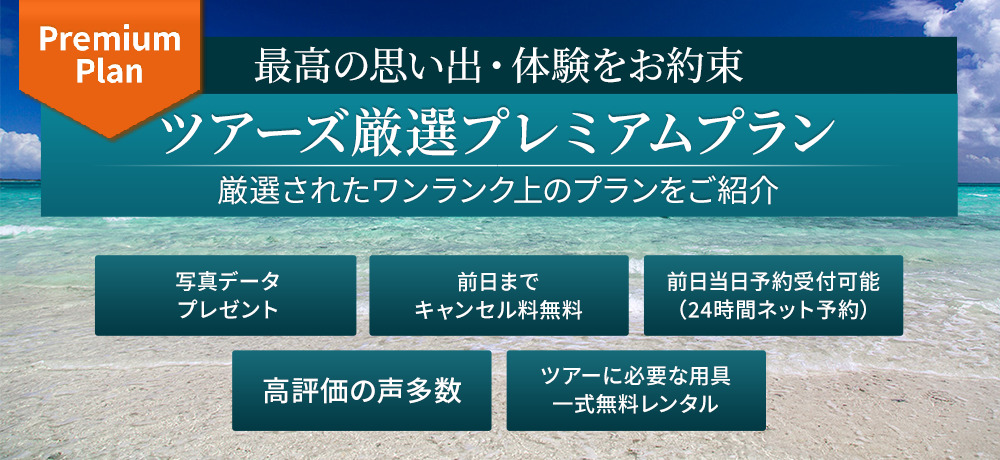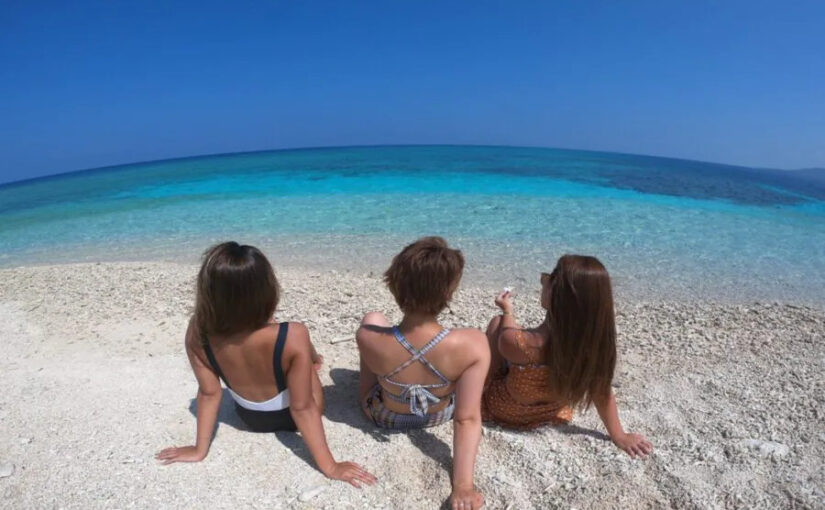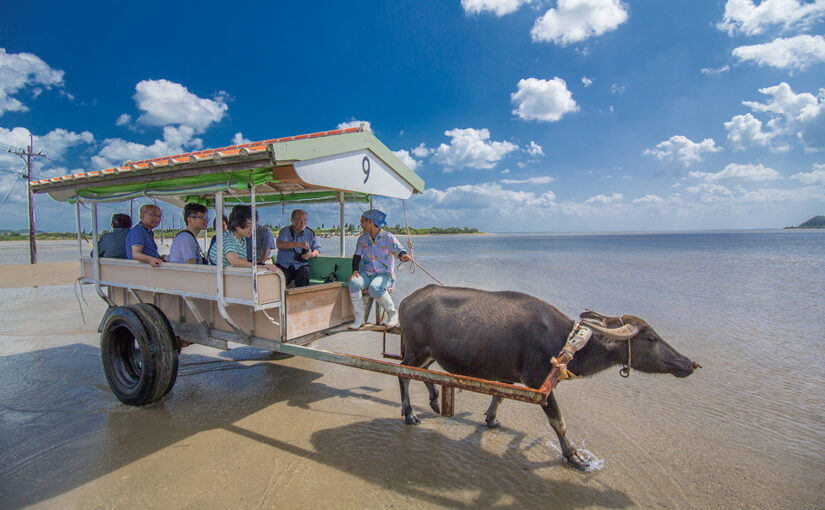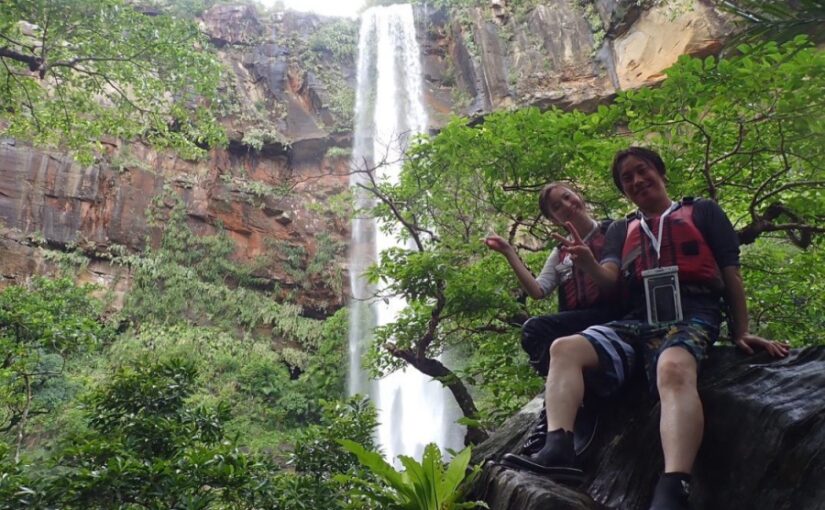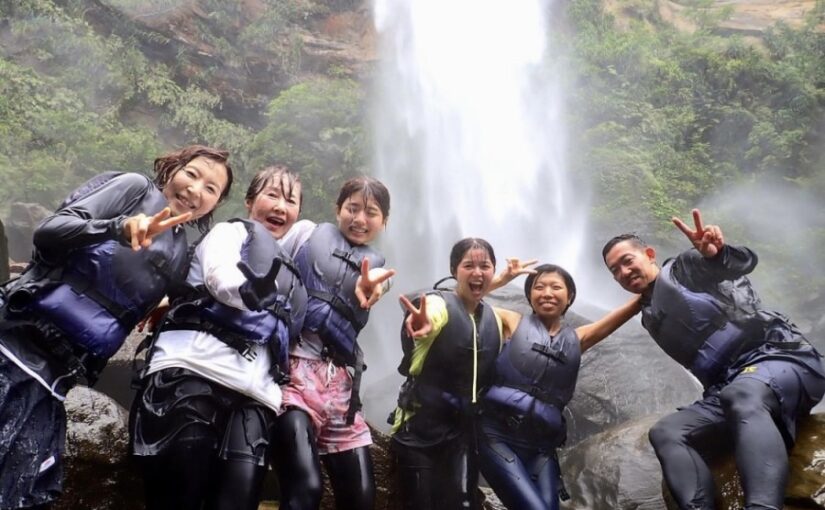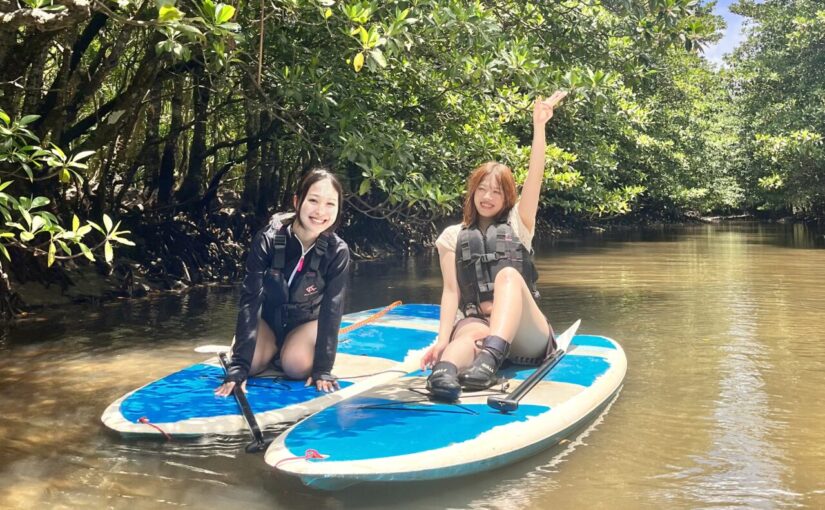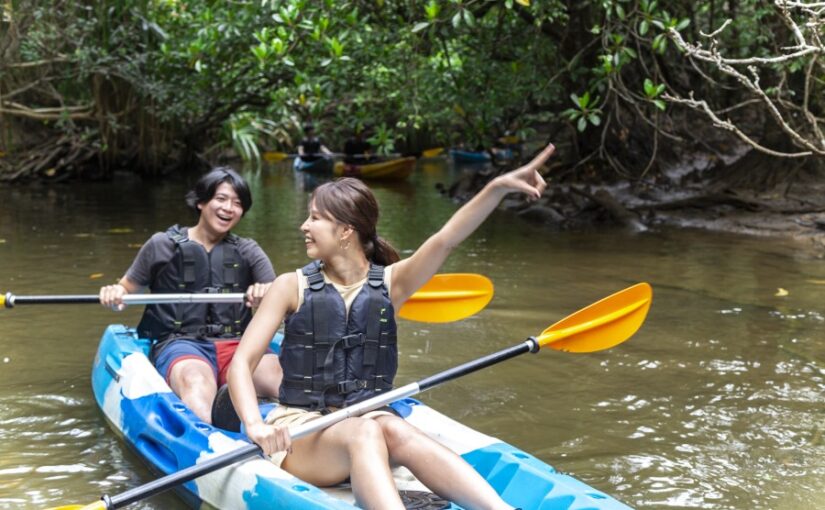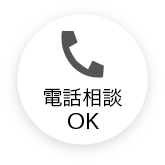You can see manta rays in Iriomote Island! Thorough explanation of the season, points, and tours
Table of Contents
The Yaeyama Islands are a manta ray paradise!
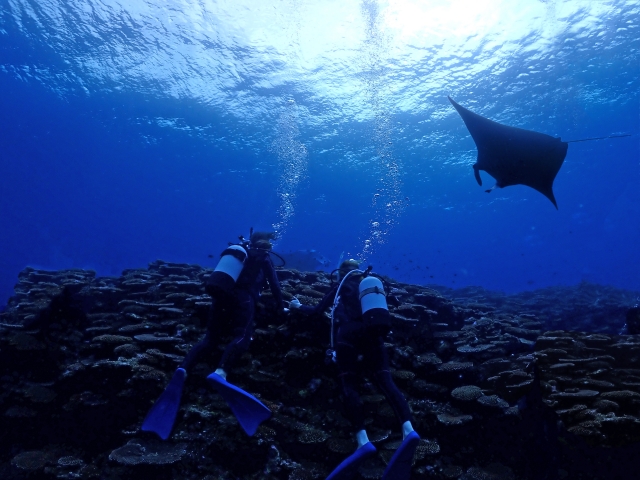
The sea around the Yaeyama Islands, including Iriomote Island, attracts the attention of divers from all over the world.Manta SpotThere are a lot of
If you like snorkeling or diving, you've probably longed for a place like this.Queen of the SeaManta.
Why not make your dream of seeing manta rays come true?
◆Love snorkeling
◆Those who want to see manta rays swimming in Yaeyama
◆If you want to know about recommended manta ray tours in Yaeyama
Click here to book Iriomote Island ferry tickets.
What kind of creature is a manta ray?
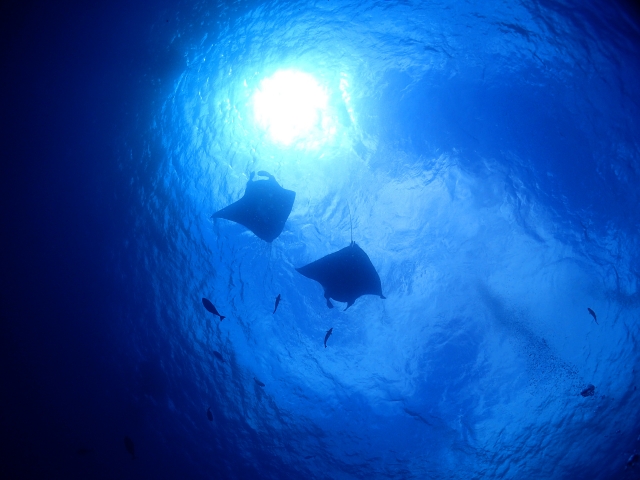
Do you know what manta rays are? Mantas are a type of ray, and are classified into two types: the Japanese manta ray and the manta ray.
Manta rays seen in the sea around Iriomote Island and other Yaeyama Islands arecommon sandeel (Actinidia arguta)and is smaller than the onyx ray.
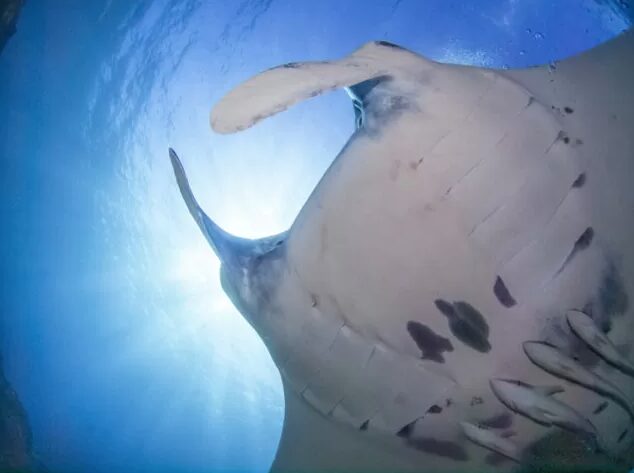
Manta rays are a type of ray, but they have different characteristics from rays.
Rays have their mouths on their ventral side to eat shrimp, crabs, and shellfish, while manta rays have their mouths in front to eat plankton floating on the ocean surface.
Also, some rays have poisonous spines on their tails, though,Manta ray tails are not poisonous.The following is a list of the most common problems with the "C" in the "C" column.
How to see manta rays in Yaeyama?
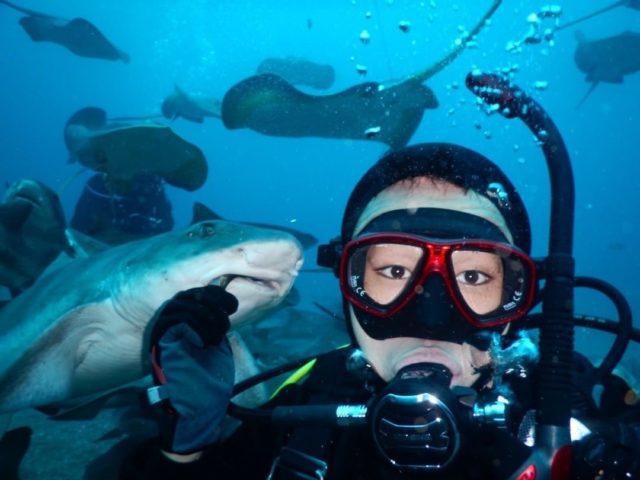
Manta rays inhabiting the seas around the Yaeyama Islands can also be observed by snorkeling.
However, to have a high probability of seeing manta rays, you need to get closer to the manta spot.Participate in an Experience Diving Touris recommended.
Experience diving isNo license requiredSo even first-timers can enjoy diving by taking a lecture that day.
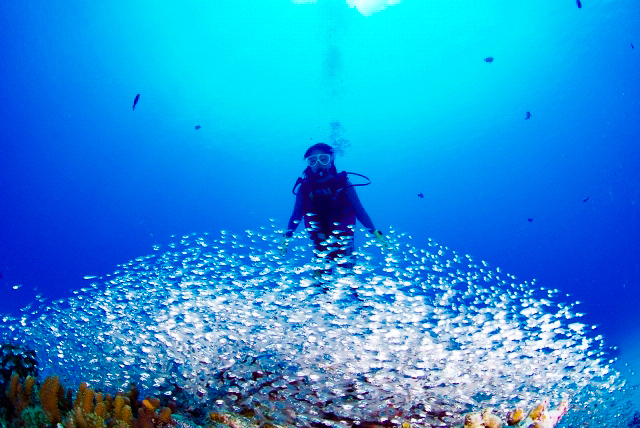
Experienced guides will take you to the point with the best conditions of the day, so you have a much better chance of seeing manta rays.
For experience diving and snorkeling tours to/from Ishigaki IslandThe goal was to encounter manta rays.tourThere are also
Held in Iriomote Island! Click here for recommended experience diving tours.
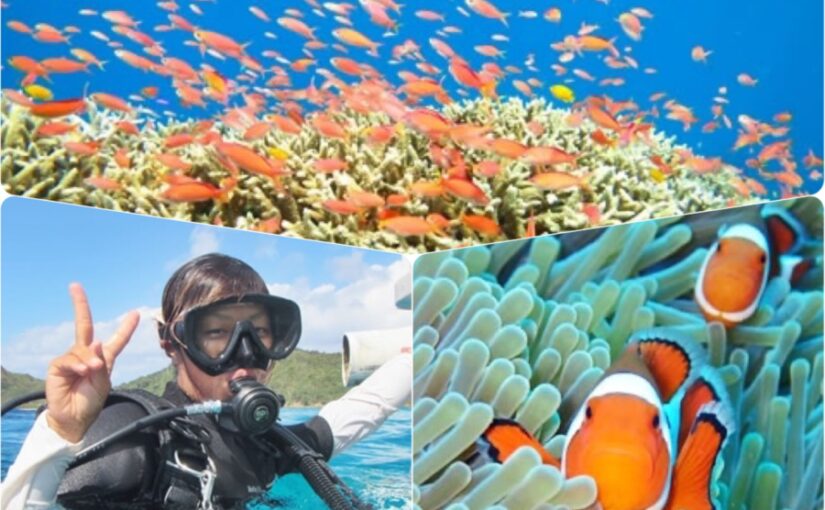 Acceptance stop] [World Heritage Iriomote Island] Beginners welcome! Experience Diving Course (1 dive) in Iriomote Island (No.34)開始時間8:30-12:30所要時間Approx. 3 hours14,300 yen
Acceptance stop] [World Heritage Iriomote Island] Beginners welcome! Experience Diving Course (1 dive) in Iriomote Island (No.34)開始時間8:30-12:30所要時間Approx. 3 hours14,300 yen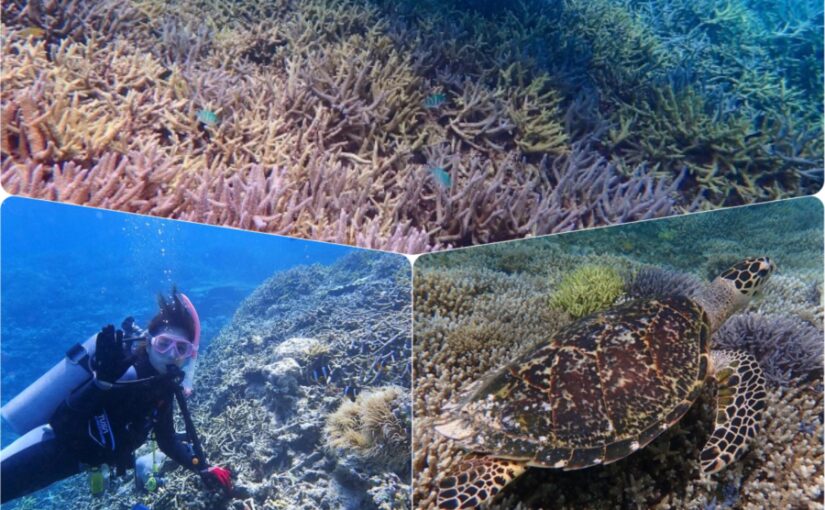 Acceptance stop] [World Heritage Iriomote Island] Beginners welcome! Experience Diving Course (2 Dives) in Iriomote Island (No.35)開始時間8:30-12:30所要時間Approx. 4 hours18,700 yen
Acceptance stop] [World Heritage Iriomote Island] Beginners welcome! Experience Diving Course (2 Dives) in Iriomote Island (No.35)開始時間8:30-12:30所要時間Approx. 4 hours18,700 yenIshigaki Island! Click here for recommended Manta Tours
High probability of encounter!
See the list of Ishigaki Island Manta Tour
Best season to see manta rays
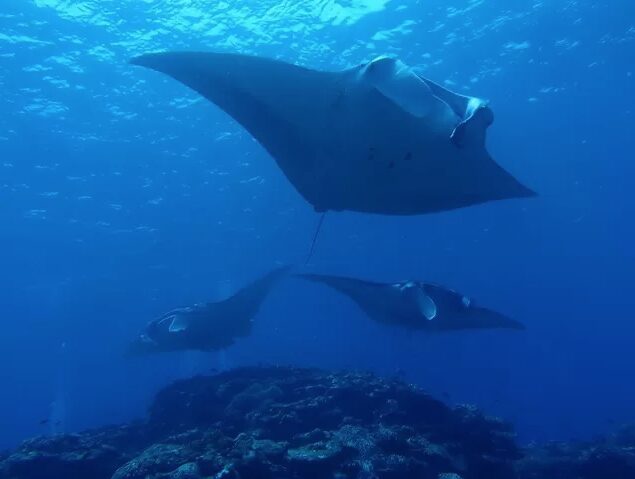
Because Iriomote Island and the Yaeyama Islands are warm, diving and snorkeling can be enjoyed year-round if you wear a wetsuit.
Nevertheless, tours are sometimes cancelled during typhoon season and in winter when the area is affected by northerly winds for safety reasons.
The recommended time to see manta rays isJuly - OctoberThe season is from summer to autumn when the sea is relatively calm except for typhoon season.
Spring: April - June
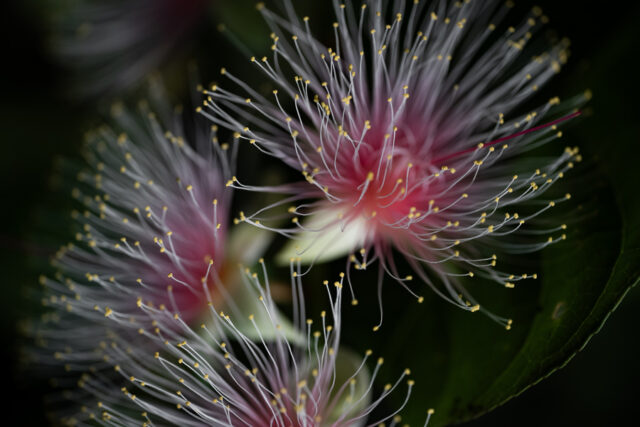
From April to May, the strong northerly winds of the winter season weaken and are replaced by gentle southerly winds. The opening of the sea is also over, and many tourists visit the area.
As the water temperature rises, the number of creatures increases. The probability of seeing manta rays also increases.
Summer: July-August
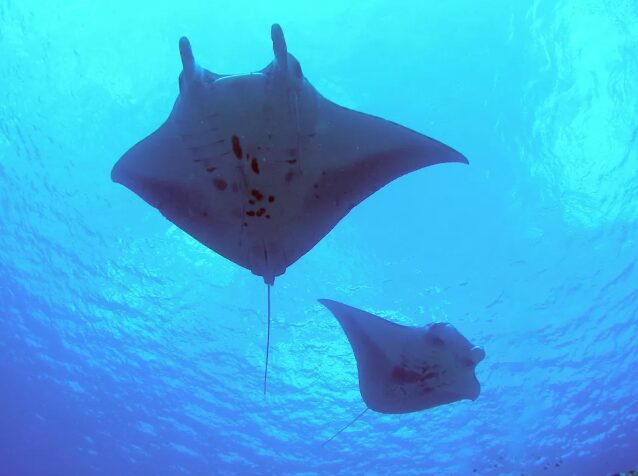
Summer in Iriomote Island is the most frequent typhoon season, but otherwise it is the best time to do marine activities.
Any manta spot.Manta ray encounters are highly probable.The following is a list of the most common problems with the "C" in the "C" column.
Manta ray tours are very popular, so be sure to book early!
Autumn: September to November
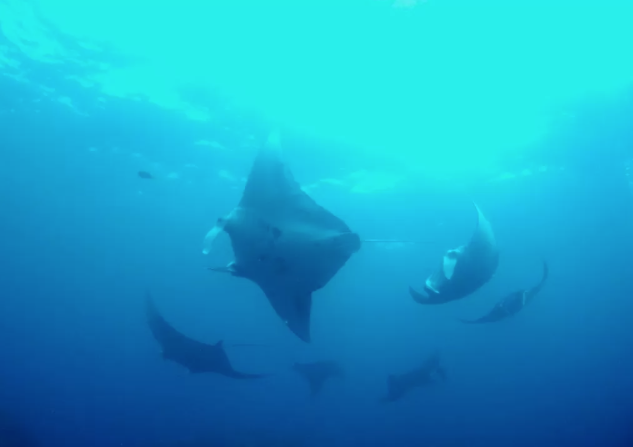
The fall season is still warm enough for snorkeling and diving, so conditions are favorable for snorkeling and diving.
In addition, this is the breeding season for manta rays, so you have a very high chance of seeing them. You may even see several males chasing a single female!
Sometimes we see more than 10 manta rays at a time.Recommended time.
Winter: December - March
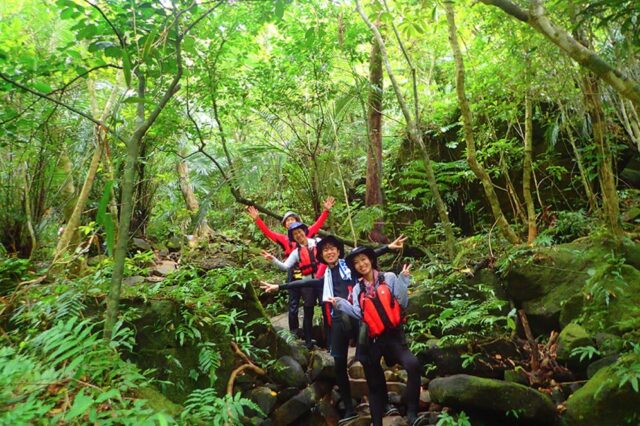
During the winter season, the boat snorkeling and boat diving manta ray tours may be cancelled due to the inevitable strong northerly winds.
The waves and tides are also faster than in other seasons, making it a bit harder.
However, Iriomote Island in winter is actually a good time to visit as there are few tourists and it is a good place to visit. Mangrove canoe tour, caving, etc.Comfortable and enjoyable activities outside of the seaOh my god!!!
Recommended in winter! Activities in Iriomote Island are here↓.
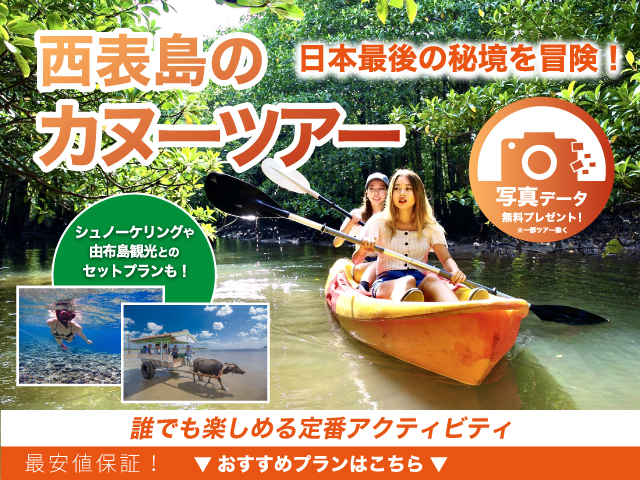 Iriomotejima Canoe (Kayak) Tour Enjoy the great nature of Iriomote Island with standard activities! Canoeing tour to the beautiful rivers of Iriomote Island with mangrove forests. (71 total) アクティビティの詳細を見る
Iriomotejima Canoe (Kayak) Tour Enjoy the great nature of Iriomote Island with standard activities! Canoeing tour to the beautiful rivers of Iriomote Island with mangrove forests. (71 total) アクティビティの詳細を見る 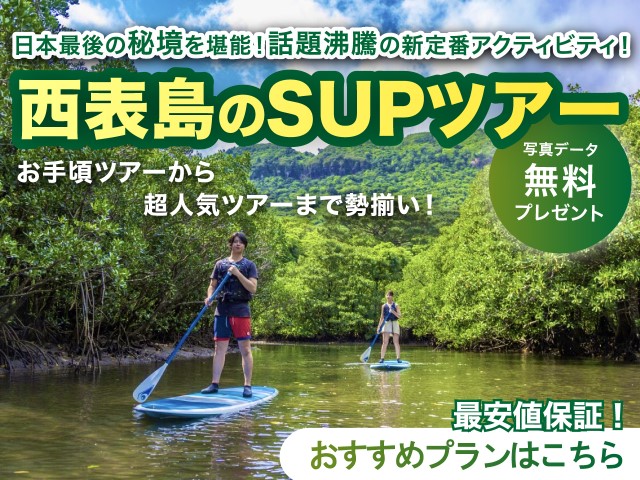 Iriomote Island SUP Tour Enjoy the beautiful rivers of Iriomote Island with mangroves by popular SUP. (50 total) アクティビティの詳細を見る
Iriomote Island SUP Tour Enjoy the beautiful rivers of Iriomote Island with mangroves by popular SUP. (50 total) アクティビティの詳細を見る 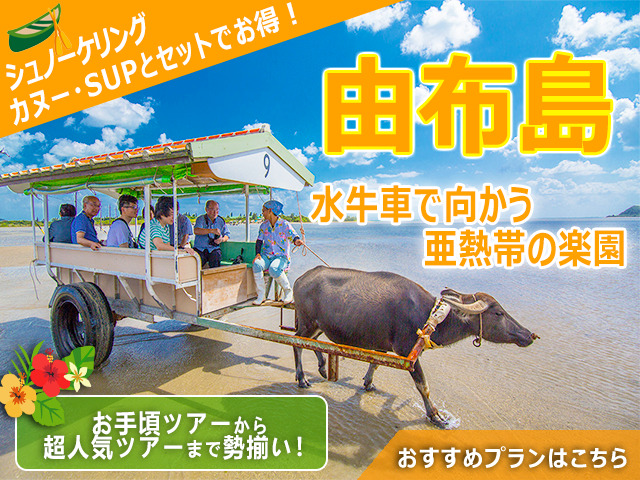 Yubu Island (buffalo cart) Sightseeing Tour Yubu Island is the most popular sightseeing spot in the island, which can be reached from Iriomote Island. You can enjoy sightseeing in Yubu Island by a slow-moving buffalo cart! (28 total) アクティビティの詳細を見る
Yubu Island (buffalo cart) Sightseeing Tour Yubu Island is the most popular sightseeing spot in the island, which can be reached from Iriomote Island. You can enjoy sightseeing in Yubu Island by a slow-moving buffalo cart! (28 total) アクティビティの詳細を見る 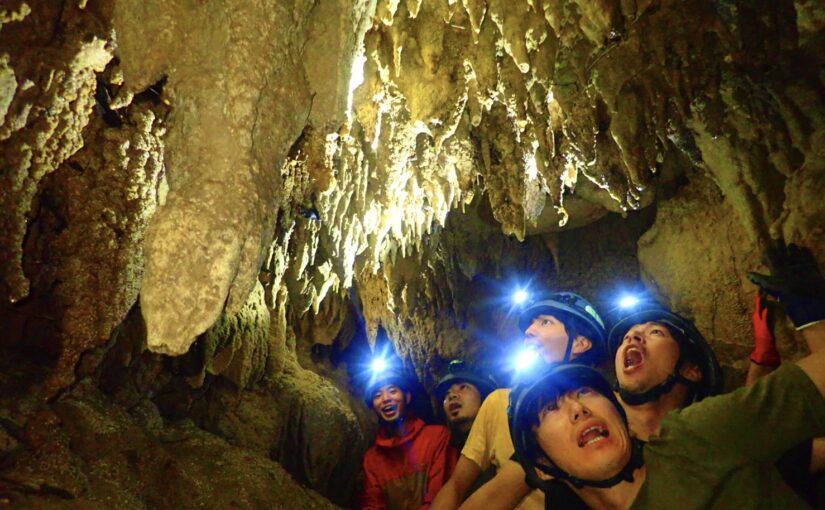 Exploration of Iriomote Island limestone caves (caving experience) Enjoy the numerous waterfalls in Iriomote Island and limestone caves that appear suddenly in the jungle! We will guide you to the cool and mysterious space. (6 in total) アクティビティの詳細を見る
Exploration of Iriomote Island limestone caves (caving experience) Enjoy the numerous waterfalls in Iriomote Island and limestone caves that appear suddenly in the jungle! We will guide you to the cool and mysterious space. (6 in total) アクティビティの詳細を見る More about winter in Iriomote Island
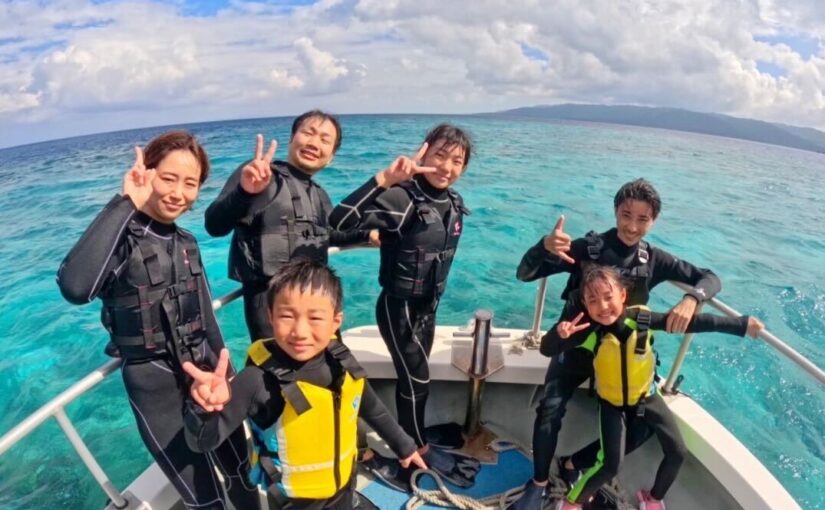 A thorough explanation of why Iriomote Island is recommended for sightseeing in winter!Iriomote Island, the Galapagos of the Orient, with its blue sea, great nature, and unique culture. It is a very popular tropical resort island, but in fact, Iriomote Island is recommended not only in summer but also in winter!
What are the 6 reasons why you should visit Iriomote Island in winter! Now you will want to come to Iriomote Island in winter too...?
A thorough explanation of why Iriomote Island is recommended for sightseeing in winter!Iriomote Island, the Galapagos of the Orient, with its blue sea, great nature, and unique culture. It is a very popular tropical resort island, but in fact, Iriomote Island is recommended not only in summer but also in winter!
What are the 6 reasons why you should visit Iriomote Island in winter! Now you will want to come to Iriomote Island in winter too...?
5 manta ray spots in and around Iriomote Island
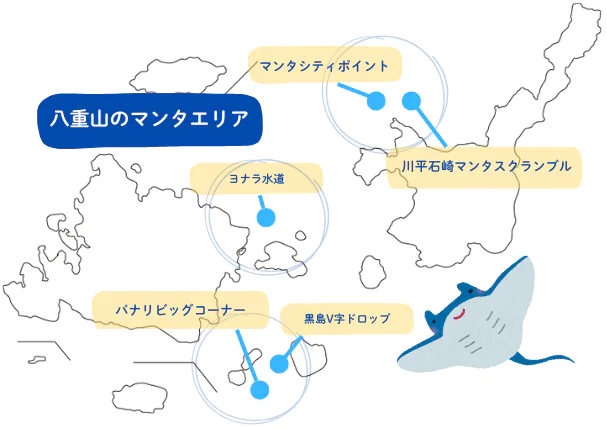
Now, let us introduce the manta ray points around Yaeyama where you can see manta rays with high probability.
High probability of encounter!
See the list of Ishigaki Island Manta Tour
1. Yonara Channel (Iriomote Island, Kohama Island)
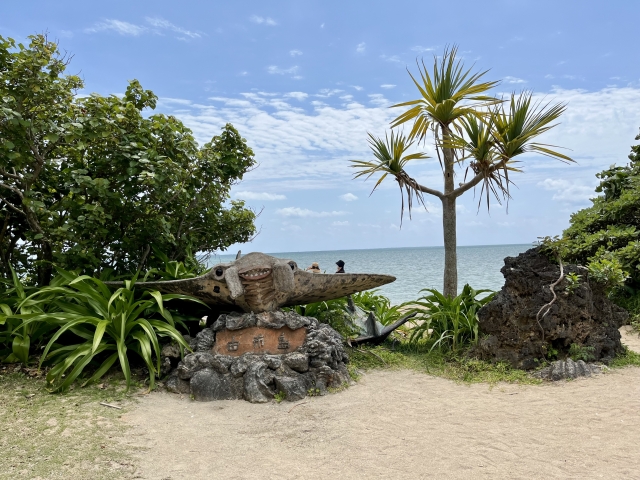
The first manta ray spot we will introduce isBetween Iriomote Island and Kohama IslandThe Yonara Aqueduct is located at It is also known as the original manta ray spot.
In addition to manta rays, you can also see schools of manta rays, longnose hawksbill sharks, sea turtles, and dogtooth tuna.
The maximum depth is 30m and the current is fast.For intermediate level usersIt is.
Average depth: 15-25m
Currents: Strong currents are likely to occur
Point: Recommended for intermediate level and above.
High probability of encounter!
See the list of Ishigaki Island Manta Tour
2. Manta City Point (Ishigaki Island)
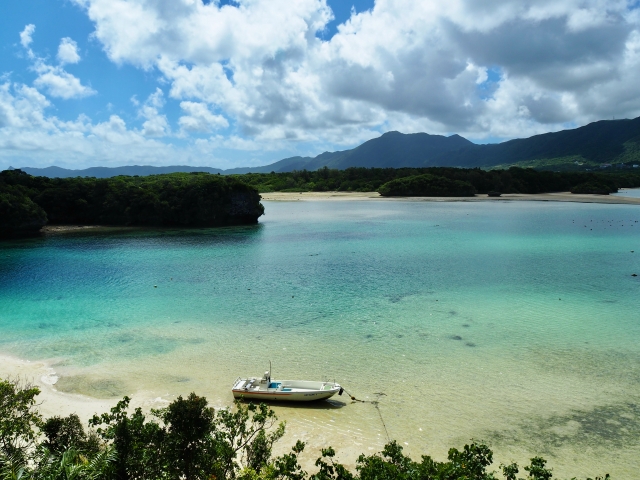
Manta City Point is,Kabira area in Ishigaki IslandThis recently discovered manta ray spot is located near the manta scramble at
There is little tidal current, and the maximum depth is about 20 meters, shallower than Yonara Channel, making it a good choice for beginners.
Since this is a popular manta ray spot, the number of boats allowed to dock at the spot is limited to five in order to reduce crowding and protect manta rays.
Average depth: 10-20 m
Flow: Moderate
Point: Along with the Manta Scramble, this is a point that attracts attention from around the world.
High probability of encounter!
See the list of Ishigaki Island Manta Tour
3. Kabira-Ishizaki Manta Scramble (Ishigaki Island)
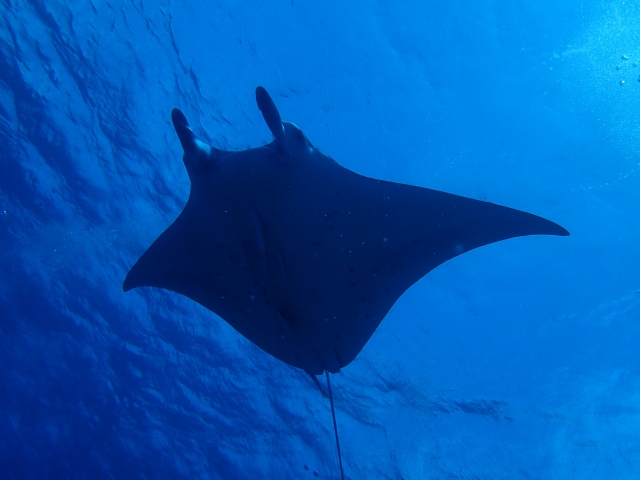
Manta Scramble is another manta spot in the Kabira area. The current is weak and the maximum depth is not so deep (15m), making it a good spot for beginners.
Manta encounters are most likely during the summer months, and during the breeding season from September to October, several male manta rays can be seen chasing females.
Average depth: 10-15 m
Flow: Gentle to moderate
Point: Recommended for beginners.
High probability of encounter!
See the list of Ishigaki Island Manta Tour
4. Kuroshima V-shape (Kuroshima)
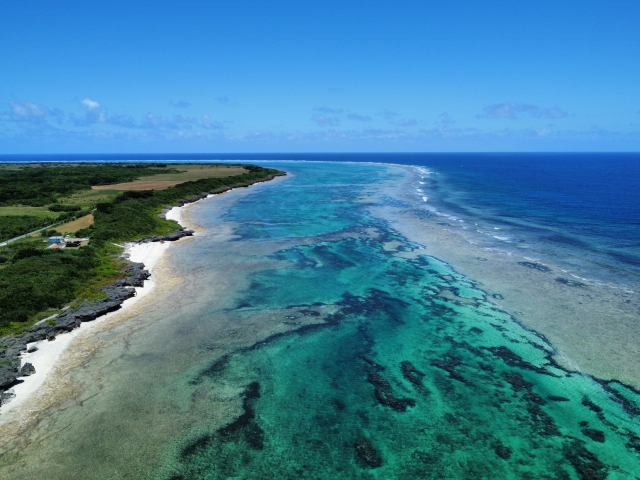
Kuroshima V-shape is a manta spot where the seabed of Kuroshima has a rough V-shaped cut.
It is popular among many divers because of its dynamic topography that cannot be seen at other spots.
This spot, as well as Yonara Channel, has a lot more to offer than just manta rays.Dogtooth tuna, Napoleon, butterflyfish, and bearskin sunfishYou can see a variety of creatures swimming by, including schools of
Average depth: 15-25m
Current: Slow to moderate
Point: Recommended for intermediate level
High probability of encounter!
See the list of Ishigaki Island Manta Tour
5. Panari Big Corner (Aragusuku Island, Kuroshima)
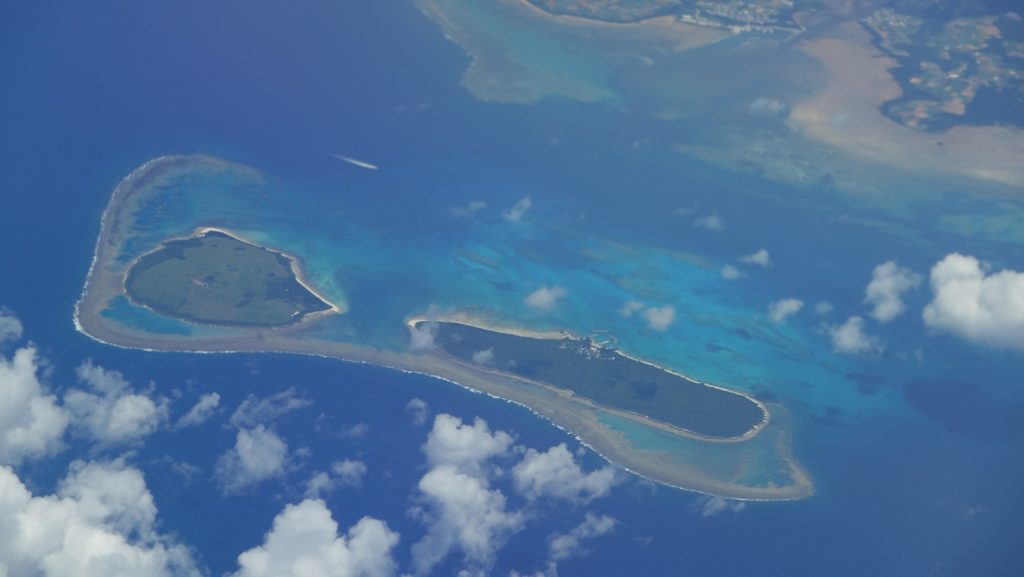
The last spot we will introduce is Panari Big Corner. This manta ray spot is located in the southern part of Aragusuku Island (Aragusuku Island, Panari Island), in the sea near Kuroshima.
Like Manta City, this manta ray spot was discovered in recent years and is recommended for beginners, with white sand on the ocean floor.
However,Susceptible to north windsTherefore, it is best to avoid diving in winter.
Average depth: 15 to 20 meters
Current: Moderate to strong
Point: Large tuna and sharks can be observed.
High probability of encounter!
See the list of Ishigaki Island Manta Tour
summary
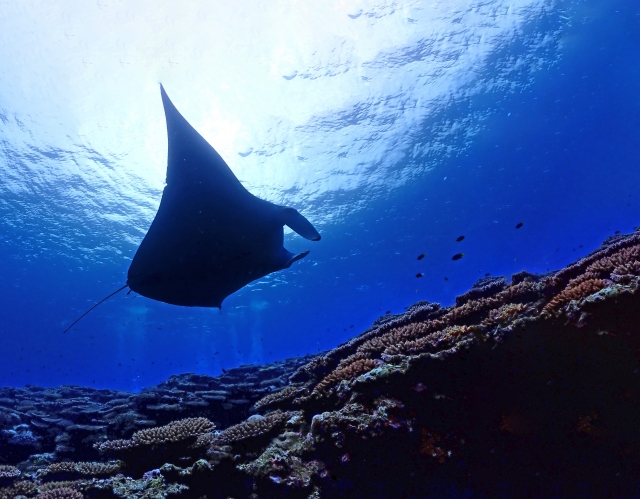
We introduced manta rays in Iriomote Island. How was it?
The manta ray is a member of the ray family and is called the queen of the sea, and its graceful swimming is very beautiful.
There are many unique manta spots not only on Iriomote Island but also near the surrounding islands, so please join our tours and make your dream of seeing manta rays come true!
Click here to read the article in conjunction with this one.
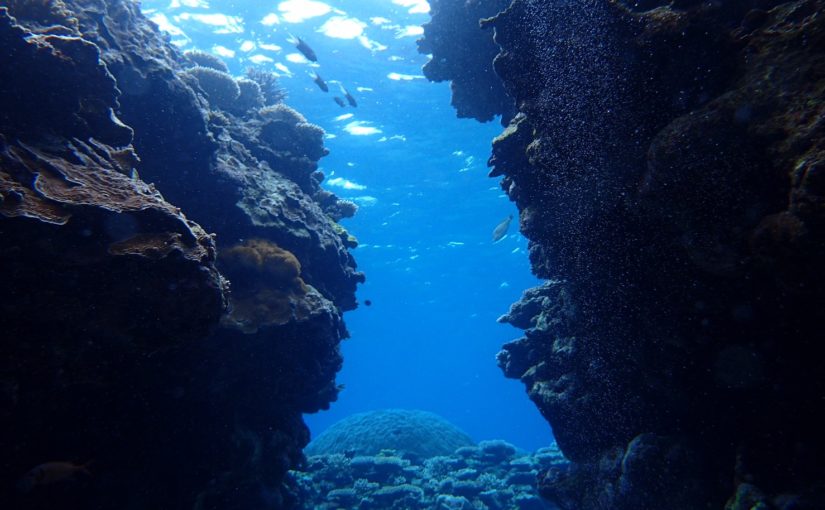 Diving in Iriomote Island, Japan! Recommended Diving Spots and Experience GuideTable of Contents 1 Recommended Diving Spots in Iriomote Island! Recommended Diving Spots and Diving Experience Guide2 Diving Experience Guide in Iriomote Island Experience Diving Guide of Iriomote Island 2.1 Attraction and Flow of Guided Diving Experience 2.2 Points for Choosing Tour for Beginners in Iriomote Island [...].
Diving in Iriomote Island, Japan! Recommended Diving Spots and Experience GuideTable of Contents 1 Recommended Diving Spots in Iriomote Island! Recommended Diving Spots and Diving Experience Guide2 Diving Experience Guide in Iriomote Island Experience Diving Guide of Iriomote Island 2.1 Attraction and Flow of Guided Diving Experience 2.2 Points for Choosing Tour for Beginners in Iriomote Island [...].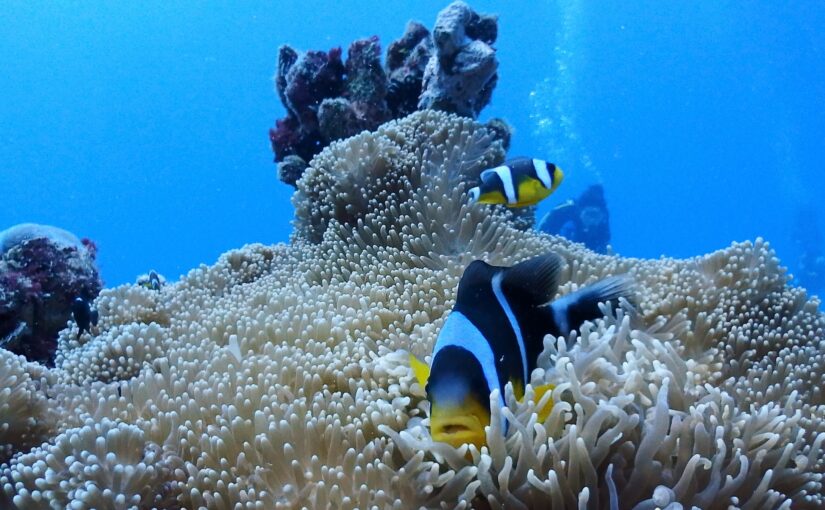 Is it true that Iriomote Island is the most popular place for diving? Which is recommended, Ishigaki Island or Iriomote Island?Iriomote Island, one of the world's leading islands in terms of the size and variety of coral reefs, stands out in the subtropical zone. Let's enjoy diving in this world-class beautiful Iriomote Island as much as you like.
Is it true that Iriomote Island is the most popular place for diving? Which is recommended, Ishigaki Island or Iriomote Island?Iriomote Island, one of the world's leading islands in terms of the size and variety of coral reefs, stands out in the subtropical zone. Let's enjoy diving in this world-class beautiful Iriomote Island as much as you like.
